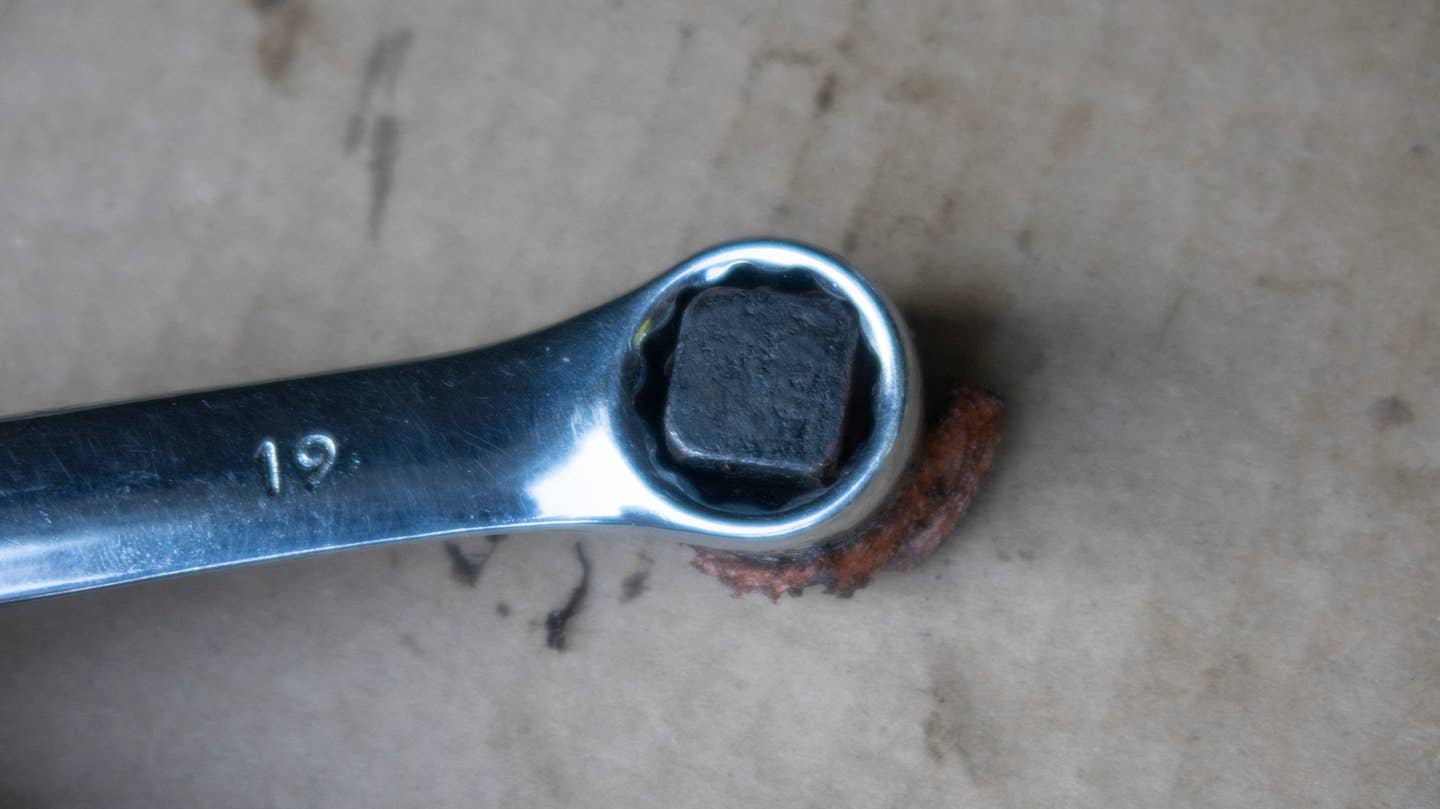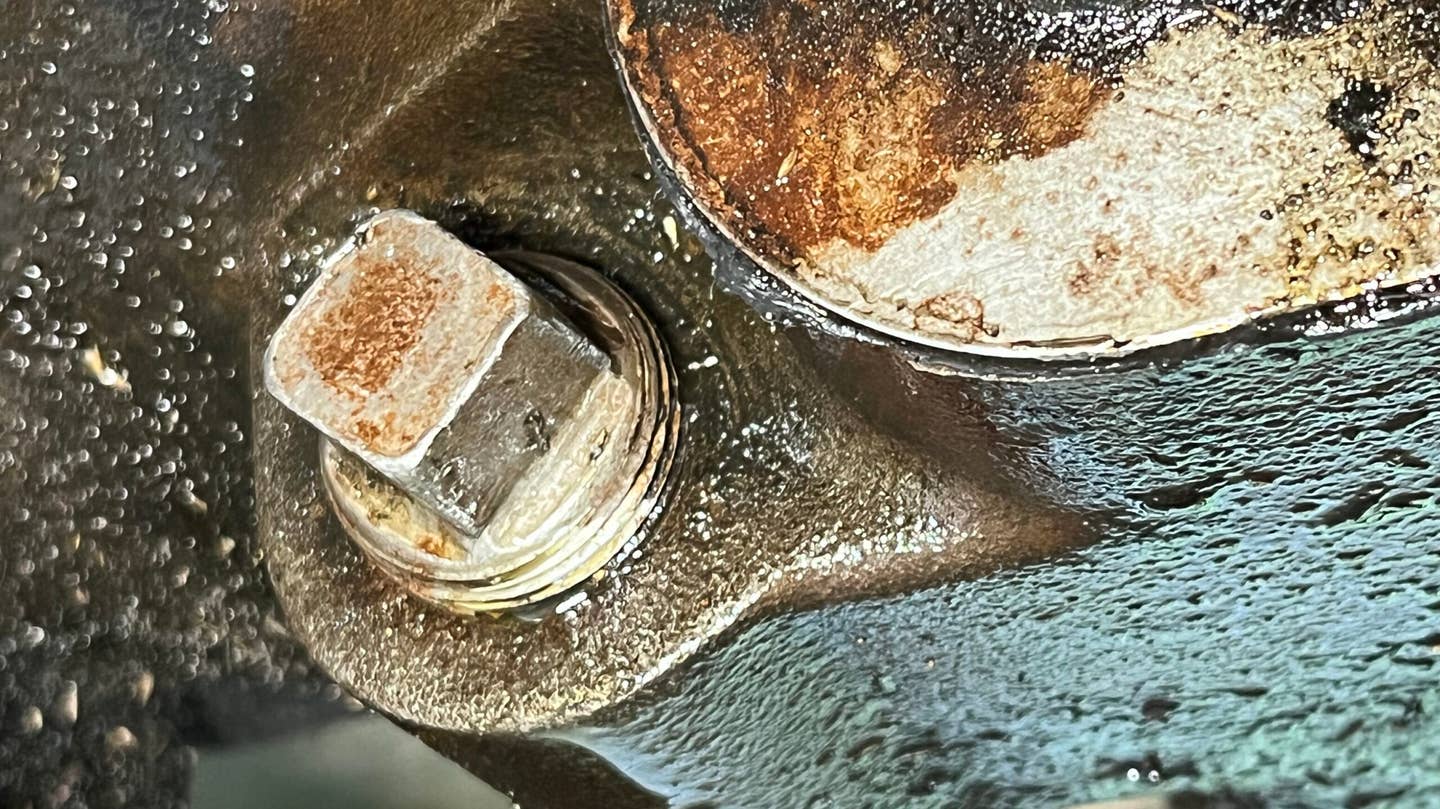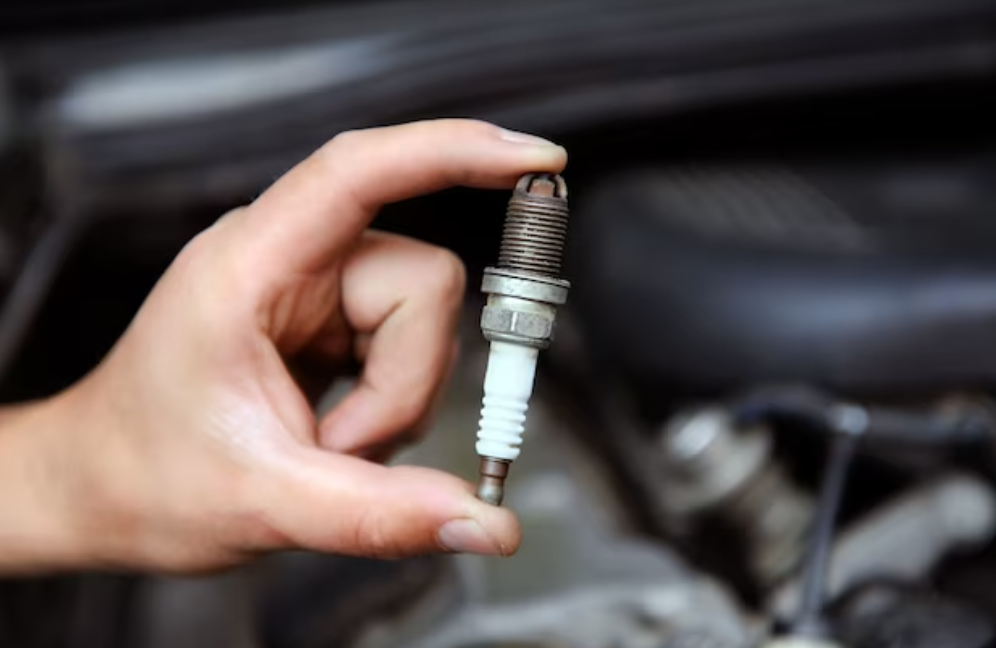How To Open A Square Drain Plug Without A Square Socket?
Opening a square drain plug without a square socket can present a challenge, but with the right approach, it's entirely feasible. Whether you're performing routine maintenance or faced with an unexpected issue, knowing alternative methods can be invaluable.
This guide will explore various techniques to safely and effectively open a square drain plug without the conventional tool, ensuring you can tackle the task with confidence.

What Is A Square Drain Plug In A Car?
A square drain plug in a car typically refers to a type of plug used to seal off an opening where fluids, such as oil or coolant, can be drained from the vehicle. These drain plugs come in various shapes and sizes, depending on the specific design of the vehicle's components. The "square" shape refers to the geometric form of the plug itself, which may have a square head for easier manipulation during installation and removal. They are often made of metal and are threaded to ensure a secure seal when tightened. Drain plugs are crucial for routine maintenance tasks like oil changes, coolant flushes, and transmission fluid changes.
You should open the square drain plug in your car when performing routine maintenance tasks that require draining fluids from specific components. Here are some common instances when you might need to open a drain plug in your car:
- Oil Change: The drain plug on the oil pan needs to be opened to drain old engine oil during an oil change. This typically occurs every few thousand miles, depending on the manufacturer's recommendations.
- Coolant Flush: To drain the old coolant from the radiator and engine block, you would need to open the drain plug located at the bottom of the radiator or on the engine block.
- Transmission Fluid Change: For automatic transmissions, you might need to open the drain plug on the transmission pan to drain the old transmission fluid.
- Differential Fluid Change: The drain plug on the differential housing may need to be opened to drain old differential fluid during maintenance.
- Power Steering Fluid Change: Some vehicles have a drain plug on the power steering system that needs to be opened to drain and replace the old fluid.

If you need to open a square drain plug but don't have a square socket, you have a few options:
- Adjustable Wrench: If the square plug is large enough, you can often use an adjustable wrench to grip and turn it. Make sure the wrench is securely attached to the plug to avoid slipping and damaging the plug.
- Vise Grips: Locking pliers, such as Vise Grips, can sometimes be used to grab onto the sides of the square plug and turn it. Again, ensure a secure grip to prevent slipping.
- Hammer and chisel: This is a last-resort option and should be used with caution to avoid damaging the plug or surrounding components. Place the chisel against one of the flat sides of the square plug and tap it gently with a hammer to try and rotate the plug.
- File or grinder: If the plug is accessible, you may be able to file down two opposite corners to create a makeshift hexagonal shape that can be turned with a wrench or socket of the appropriate size.
- Visit a mechanic: If none of the above methods work or if you're uncomfortable attempting it yourself, it's best to take your vehicle to a mechanic who can properly remove the plug using the right tools and techniques.

Always be careful when attempting to remove drain plugs, as they can be tightly secured and may require significant force to loosen. If you're unsure or uncomfortable, it's best to seek professional assistance to avoid causing damage to your vehicle.
When opening a square drain plug or any other type of drain plug on a vehicle, it's important to follow safety precautions to prevent injuries and ensure proper maintenance. Here are some additional safety tips:
- Prioritize Safety: Begin by ensuring the engine has cooled down to prevent burns from hot fluids.
- Gear up: Wear protective gloves and safety glasses to shield yourself from potential hazards like hot fluids or sharp edges.
- Choose the right tools: Select the appropriate tools for the job, avoiding makeshift solutions that could lead to accidents or damage.
- Secure the area: Position a drain pan underneath the plug to catch fluids and prevent spills, making sure it's placed correctly to avoid splashes.
- Gradual Release: Loosen the plug gradually to control the flow of fluids, preventing sudden gushes that could lead to spills or accidents.
- Thorough Inspection: Before reinstalling the plug, inspect it and the surrounding area for damage or wear, ensuring clean, undamaged threads.
- Proper Tightening: Follow manufacturer specifications to torque the plug correctly, preventing leaks without risking damage to the plug or threads.
- Environmental Responsibility: Dispose of drained fluids responsibly, adhering to local regulations and environmental guidelines for recycling.
- Final Checks: After refilling the reservoir, inspect the area for any signs of leaks, addressing any issues promptly to ensure proper maintenance.
What if I don't have a square socket for my drain plug?
You have several options. You can try using an adjustable wrench, locking pliers, or even filing down the plug's corners to create a makeshift hexagonal shape.
Is it safe to use alternative methods to open the plug?
It depends on the method and your level of experience. Using improper tools or techniques could damage the plug or surrounding components, so proceed with caution.
Can I use a hammer and chisel to remove the plug?
This should be a last resort due to the risk of damage. If you do attempt it, use gentle taps and be mindful of nearby components.
What should I do if I can't remove the plug myself?
If you're unsure or uncomfortable, it's best to seek professional assistance from a mechanic who has the right tools and expertise to remove the plug safely.
While opening a square drain plug without a square socket may initially seem daunting, the methods outlined in this guide offer practical solutions for tackling the task. By prioritizing safety, using the proper tools, and exercising caution, you can successfully remove the plug and proceed with your maintenance or repair needs. Remember to assess your comfort level and seek professional assistance if needed, ensuring the job is completed safely and efficiently.
Click on the following link to read another blog post: How To Clean A Carburetor?













